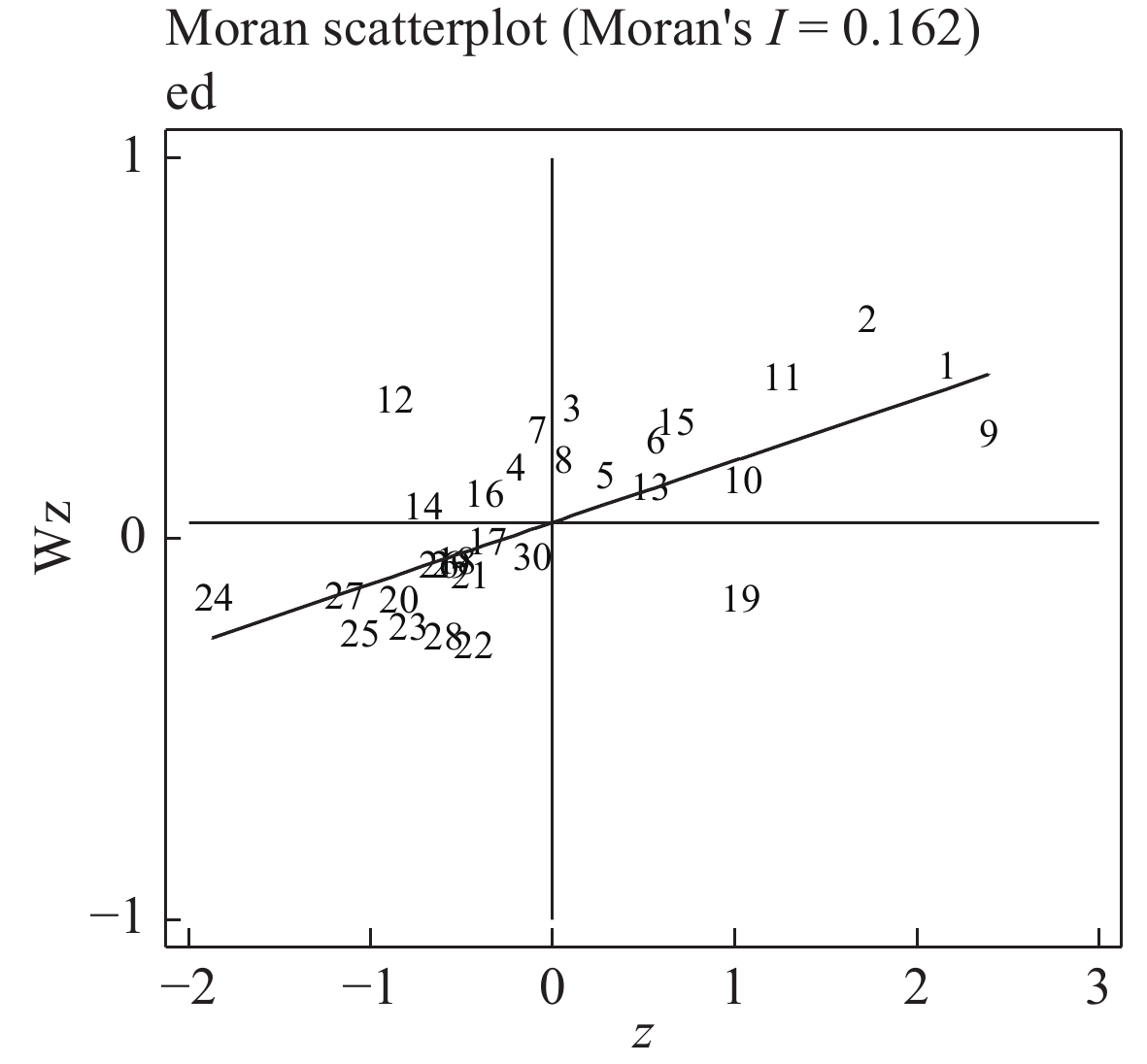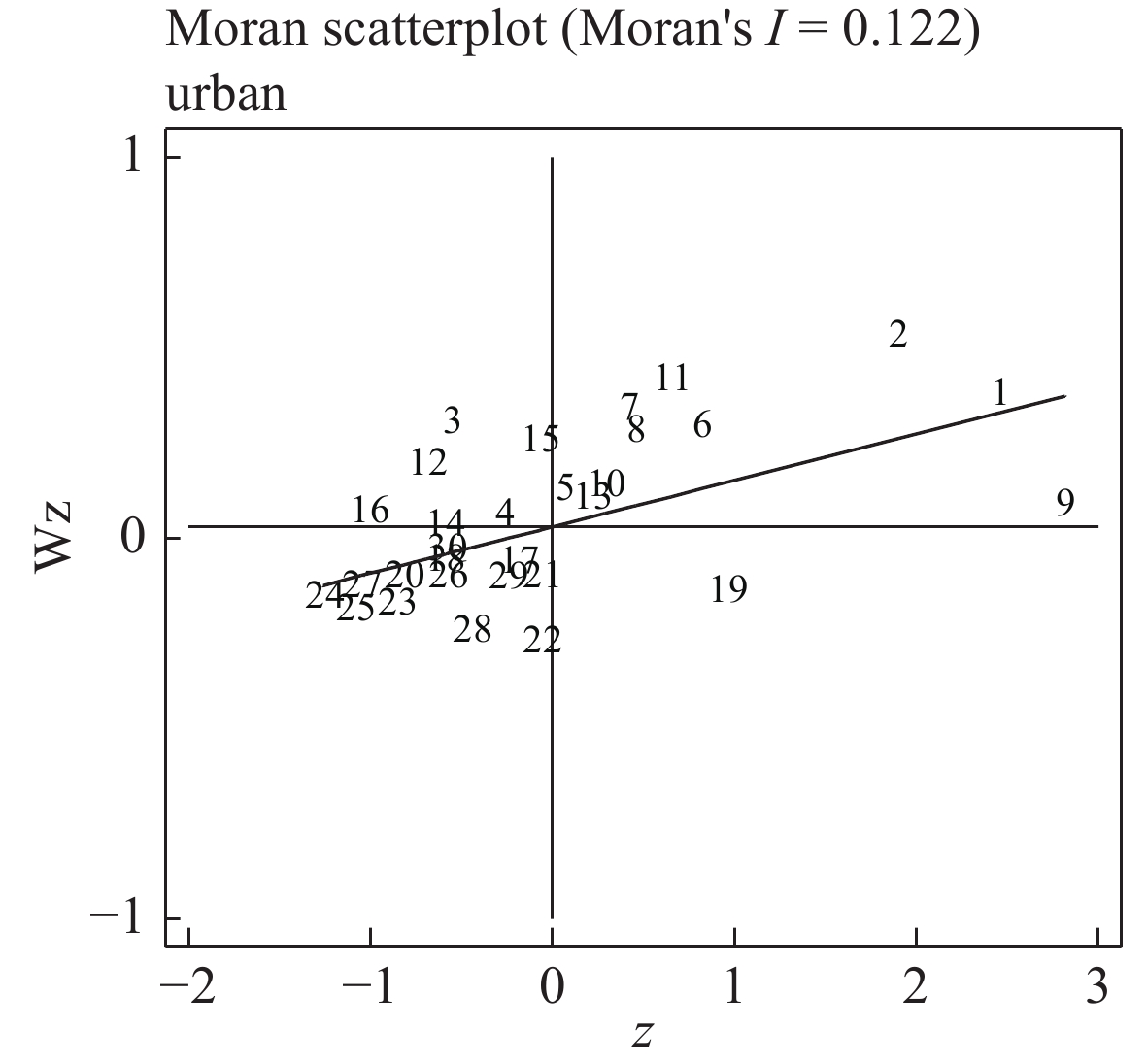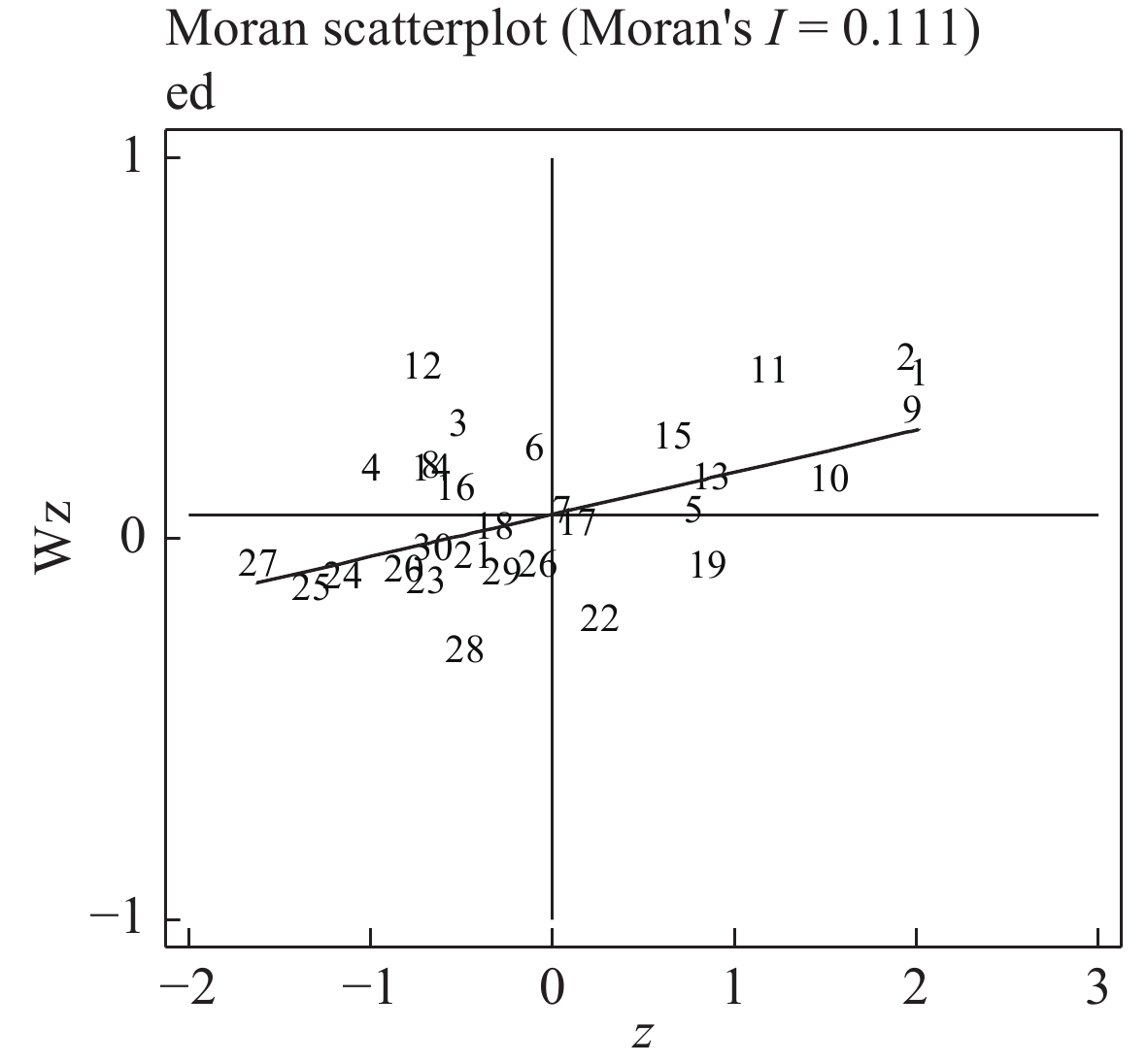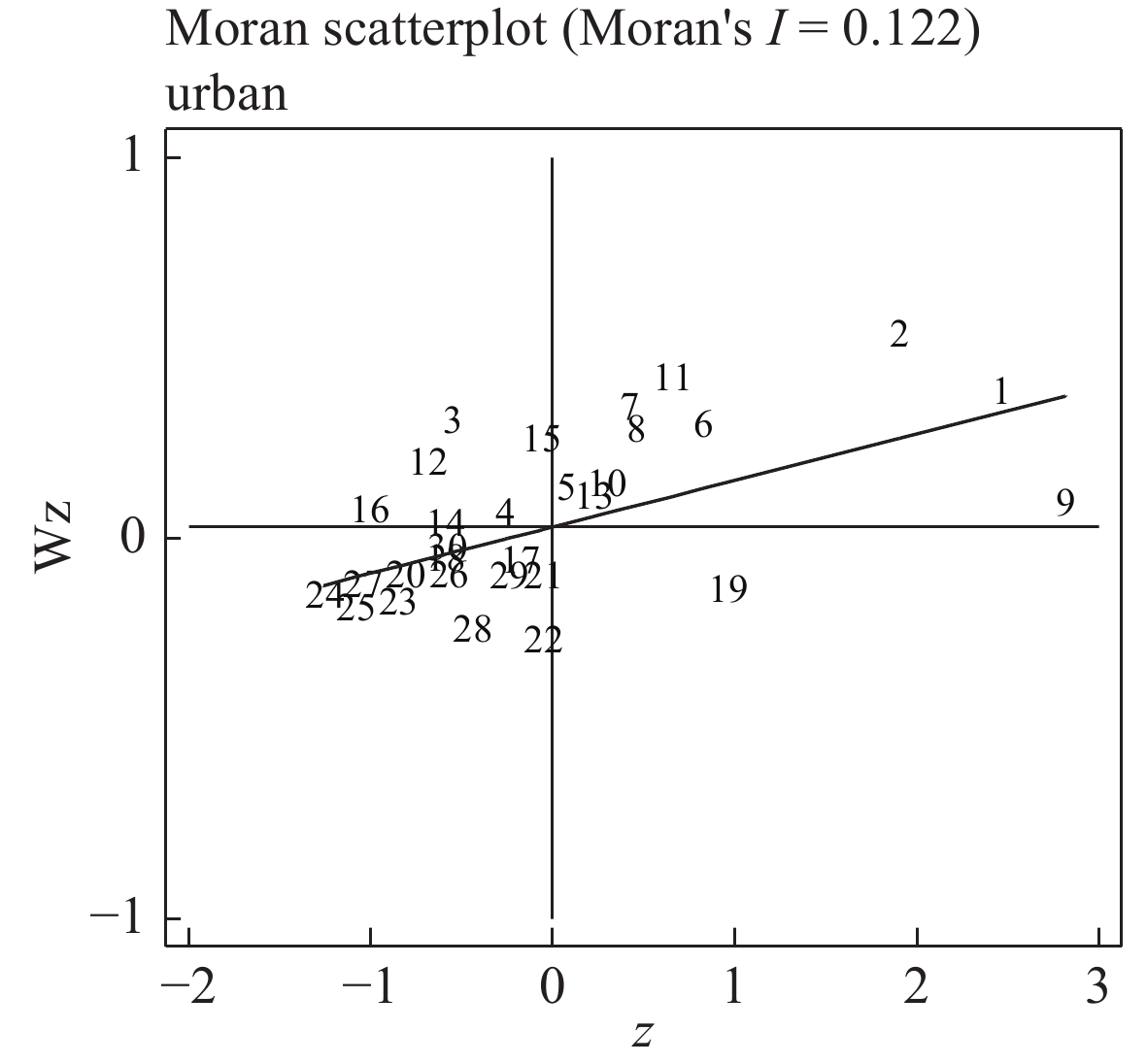Urbanization, Economic Agglomeration and Heterogeneity of Regional Economic Growth
- Available Online: 2019-10-01
Abstract: Frontier research pay more attention to the role of urbanization in regional economic growth, but generally ignores the spatial correlation between regions, and does not provide empirical evidence for exploring the story behind the economic growth induced by urbanization. Based on the spatial heterogeneity between regions, this paper uses the spatial panel durbin model to measure the effect of urbanization spatial economic growth and its underlying mechanism, and to explore the causes of urbanization differences in different regions.The results show that the economic growth effect of inter-regional urbanization in China is significant, and it strongly promotes regional economic growth. However, according to the test results of different regions, the economic growth effect of urbanization level has spatial heterogeneity. In the process of urbanization’s positive effect on economic growth, economic agglomeration plays an important role. The difference of regional agglomeration ability leads to the heterogeneous consequences of regional economic growth. We find that the western region is more likely to expand the role of urbanization in promoting economic growth through resource agglomeration and consumption promotion, while the regional consumption capacity has not shown a significant effect in the eastern and central regions, and agglomeration capacity has even significantly inhibited the economic growth of urbanization in the eastern and central regions. The development of the eastern region depends more on the upgrading of industrial structure and investment, while the investment in the western region has reversely inhibited the economic growth effect of urbanization.




 沪公网安备 31010102003103号
沪公网安备 31010102003103号 DownLoad:
DownLoad:



